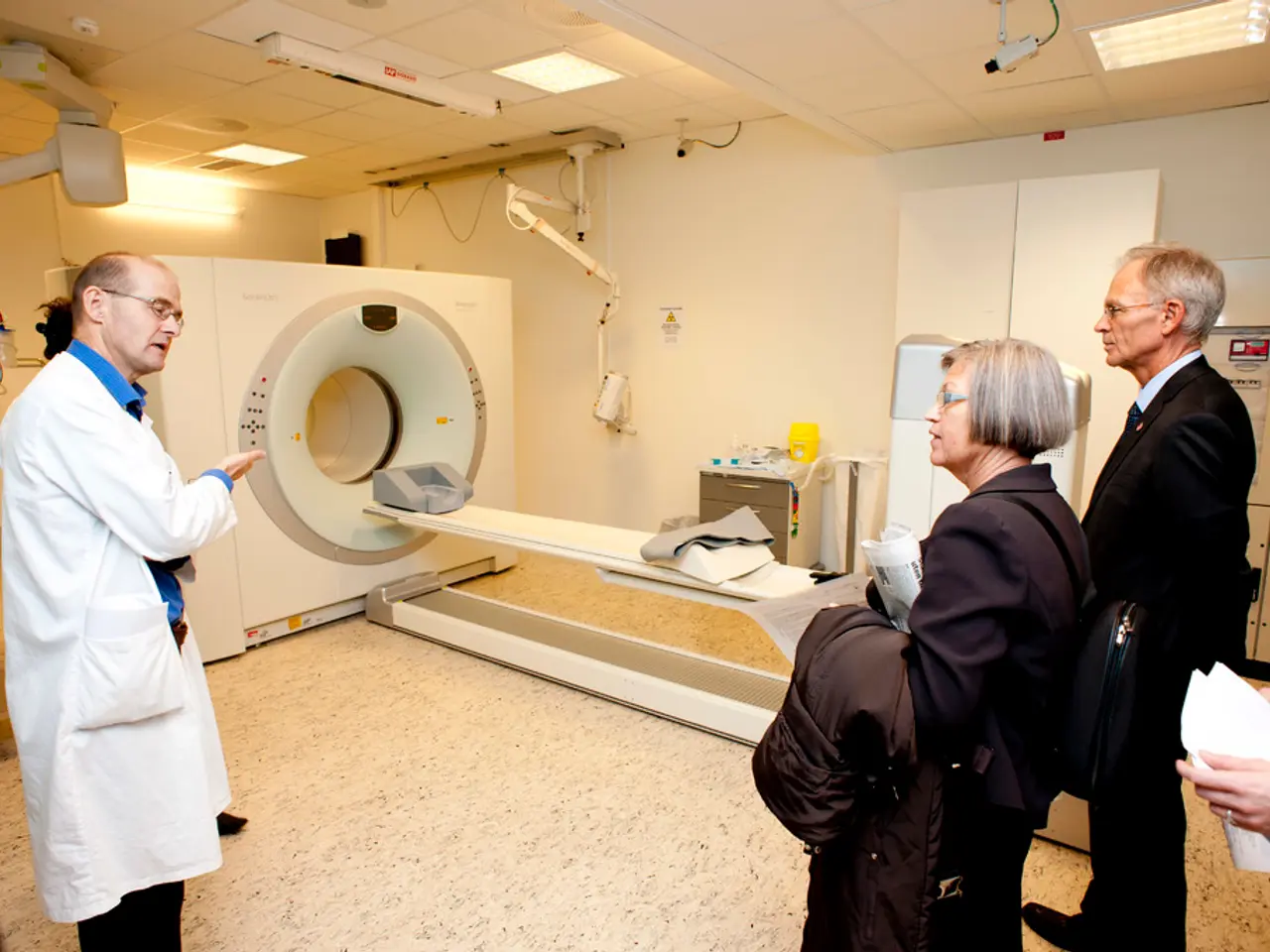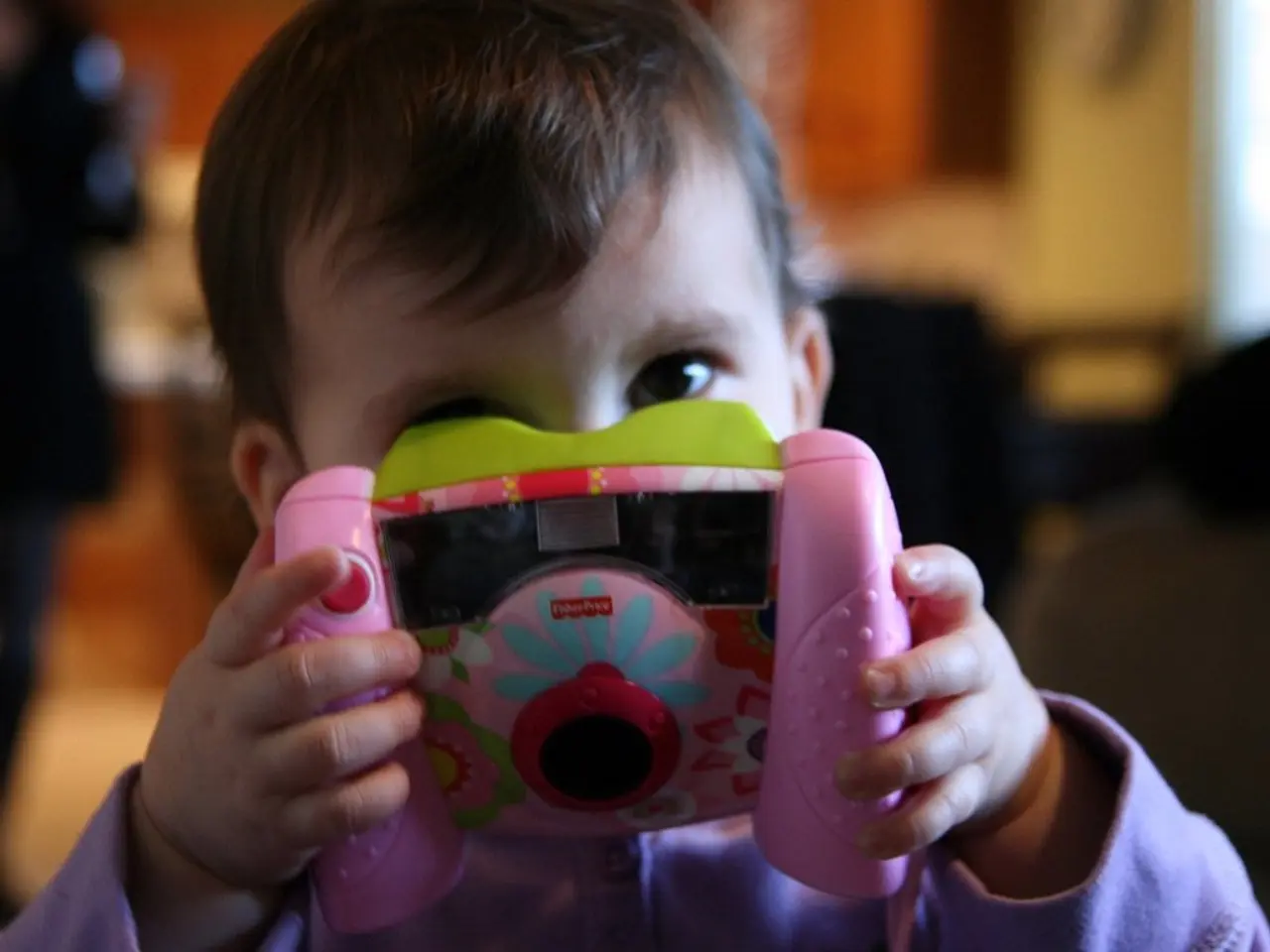NASA's Viking Mission Possibly Discovered Life on Mars Half a Century Ago, Subsequently Allegedly Terminated Itby Mistake
In the 1970s, the Viking Project, a NASA mission, made history by landing two landers on Mars, capturing the first-ever images from the Martian surface [2]. The Viking landers conducted experiments that initially suggested possible biological activity, but the results were ambiguous and widely debated.
The key factor complicating the interpretation was the presence of hydrogen peroxide in the Martian soil and how the Viking experiments added water [1]. Specifically, the Viking landers’ biological experiments included the Labeled Release (LR) experiment, which detected gas release when nutrients (containing radioactive carbon) were added to Martian soil. This was initially interpreted by some as a sign of microbial life, but other experiments failed to detect organic molecules, casting doubt on that conclusion [1].
Later studies proposed that hydrogen peroxide (H₂O₂), a strong oxidizer, could be present in Martian soil [1]. Since Viking’s experiments introduced liquid water into the soil samples, the peroxide could have reacted chemically with organics or with the nutrient solution itself, causing release of gases that mimicked a biological response [1].
This peroxide hypothesis explains why no organic molecules were detected by Viking’s Gas Chromatograph-Mass Spectrometer instrument: they were likely destroyed by chemical oxidation before Viking could detect them [1]. In an experiment involving water, nutrients, and radioactive carbon, if life were present, it would have emitted radioactive carbon as a gas. However, the initial positive result was attributed to perchlorate, a compound used in fireworks and rocket fuel, which could have metabolized the nutrients [1].
If Martian life had hydrogen peroxide in their cells, it could mean that we found life on Mars nearly 50 years ago and inadvertently killed it. Pouring water on such microbes could kill them, potentially explaining why further injections of nutrients didn't result in the detection of radioactive gas [1].
In 2007, Dirk Schulze-Makuch and Joop M. Houtkooper wrote a study about Martian life's potential adaptation to the Martian environment [1]. In 2024, Dirk Schulze-Makuch suggested that Martian life might have hydrogen peroxide in their cells [3]. He previously suggested that Martian life could be capable of surviving in extreme Martian conditions [3].
While Viking’s biological experiments hinted at potential life, the dominant scientific interpretation today is that chemical reactions involving soil oxidants (like hydrogen peroxide) and the addition of water confounded the results, preventing clear detection of life [1][3]. Thus, the presence of hydrogen peroxide and the addition of water could have produced false-positive signs of life in the Viking biological experiments through chemical reactions rather than genuine biology.
References: [1] Schulze-Makuch, D., & Houtkooper, J. M. (2007). Hydrogen peroxide and the search for life on Mars. Astrobiology, 7(3), 555-563. [2] NASA (1976). Viking Mission to Mars. Retrieved from https://nssdc.gsfc.nasa.gov/planetary/mars/viking.html [3] Schulze-Makuch, D. (2024). The potential role of hydrogen peroxide in Martian life. Astrobiology, 24(1), 12-20.
- The Viking landers' biological experiments in the Mars mission conducted by NASA in the 1970s initially suggested possible biological activity, but the results were ambiguous due to the presence of hydrogen peroxide in Martian soil and the addition of water.
- Later studies proposed that hydrogen peroxide, a strong oxidizer, could be present in Martian soil, suggesting that chemical reactions might have confounded the results of Viking's biological experiments, preventing clear detection of life.
- In 2024, Dirk Schulze-Makuch suggested that Martian life might have hydrogen peroxide in their cells, indicating that they may have adapted to the harsh Martian environment.
- Today, the dominant scientific interpretation is that the presence of hydrogen peroxide and the addition of water could have produced false-positive signs of life in the Viking biological experiments through chemical reactions rather than genuine biology, raising questions about whether we inadvertently killed any potential Martian microbes when we poured water on them during the mission.




